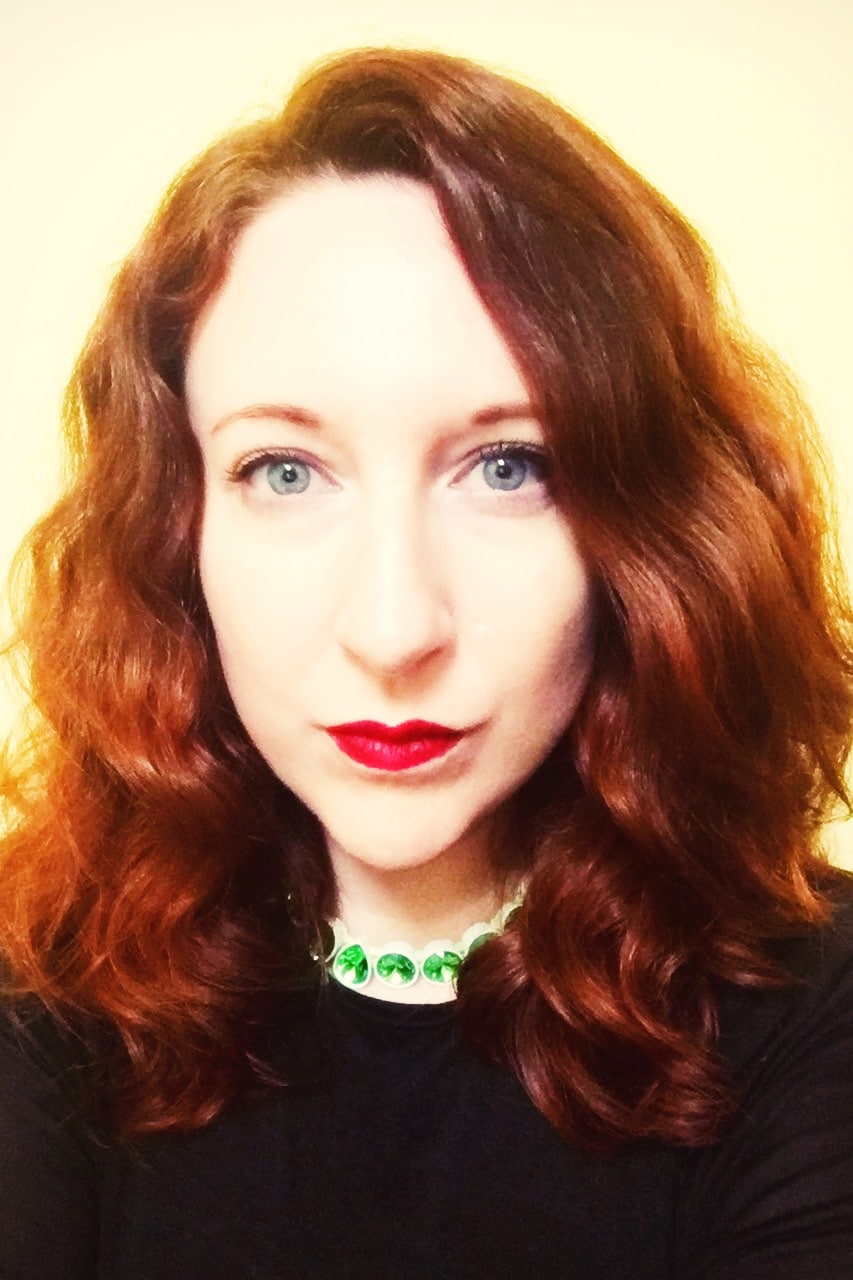Online Course
Breaking the Mold, Experiments in Form
January 09 - February 12, 2023
Level Intermediate
Explore non-traditional approaches to creative nonfiction, where the wild and adventuresome are encouraged.
Additional Information
Hybrid forms allow us to tell our stories more authentically — invoking and infusing nonfiction with other genres and multimedia to engage readers and ignite the senses in unexpected ways.
This course is a playground to explore non-traditional approaches to creative nonfiction, where the wild and adventuresome are encouraged. You’ll read examples of experimental forms, including lyric essays, hermit crabs, single-sentence, and micro-nonfiction, as well as craft essays on why experimental forms can be particularly effective. You’ll also explore how these forms can be strung together, braided, or built up to create longer-form essays, and then you’ll attempt this with your own work.
Course Schedule
Week One: Something Powerful Right Away: Micro, Flash, and Single-Sentence CNF
In our first week, you’ll read several examples of short, very short, and impossibly short creative nonfiction. Drawing inspiration from how these brief forms convey story and meaning, you will choose one topic or experience to write about, then try condensing it to a shorter form to see the effect length has on tension, tone, and structure.
Readings: “Death Sentence” by Elena Passarello, Shuly Xochitl Cawood’s “Katy Perry is Crooning and Won’t Stop Just Because I Did,” Dinty Moore’s “Pandemic Rant”
Week Two: Blurred Lines: Poetry/Prose Mashups
The liminal space between verse and narrative can help create abstraction and complexity in your writing. Building on the lyricism of short-form nonfiction from Week 1, we will seek out that liminal space this week by exploring poetry/prose hybrids. From prose poems to haibun and beyond, we will read examples of hybrid forms and try several techniques to bring poetry into your prose. You will have the option to submit your hybrid work for peer feedback.
Reading: “On The Many Ways and Reasons to Mix Poetry and Prose” by Lucy Ives, excerpt from Citizen: An American Lyric by Claudia Rankine, prose poems by Zbigniew Herbert, excerpt from adrienne maree brown.
Week Three: The Nonlinear Essay: Lyric Essays and Hermit Crabs
When is an essay not a (traditional) essay? Whether it’s a list, or a syllabus, or several essays braided together. This week, we will play with the various forms and shapes essays can take, and you will have the chance to take inspiration from our readings in your own work. You will also submit a hermit crab or lyric essay (1,000 – 1,500 words) for peer/instructor feedback.
Reading: Excerpt from Michael Martone’s The Blue Guide to Indiana, selections from McSweeney’s, Ira Sukrungruang’s “The Guggenheim Fellowship Career (Non-)Narrative Essay,” excerpt from Bluets by Maggie Nelson
Week Four: Nonfiction and the Stage: Monologues, Choreopoems, & Docudrama
This week, you’ll be thinking three-dimensionally in your writing. Each of these dramatic forms infuses movement and voice into the written word. You will read and watch some examples of creative nonfiction as performance, then choose one of these forms to try for yourself.
Reading: Excepts from The Vagina Monologues by Eve Ensler, Audre Lorde’s Need: A Chorale for Black Women Voices, and The Laramie Project.
Week five: The Sky’s the Limit: Video, Multimedia, and CNF Beyond the Page
In this final week, you’ll have the opportunity to venture as far afield as you’d like — incorporating images, media, and other elements into your nonfiction. You will be given a variety of prompts to inspire you to consider what hybrids and fusions make sense for you and your work. You will have the option to submit this week’s assignment for peer review. At this point, you will also select one additional assignment from any point in the course (up to 1,500 words) to submit for instructor feedback.
Reading: Excerpts from Alison Bechdel’s Fun Home: A Family Tragicomic, “Picturing the Hybrid Form” by Rebecca Fish Ewan, Sarah Einstein’s “Almost Home,” selections from Diagram’s schematics
Course Instructor
Hear from our Students
Creative Nonfiction’s online writing classes have helped more than 3,000 writers tell their stories better.
Read Success StoriesTestimonials
I enjoyed reading other peoples work and getting feedback about my own work– the handouts/video links and class lessons were also very informative and relevantly paced to the give structural guidelines.
Catherine O’Neill

